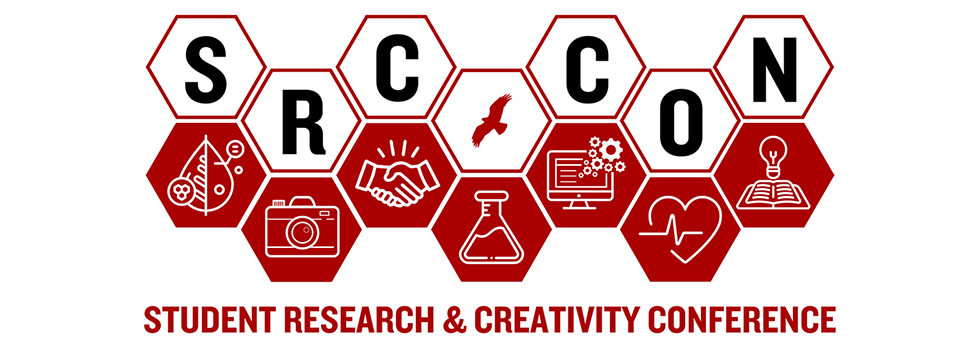Development of Quantitative Structure-Activity Relationships for Photochemical Reactions Involving Triplet Sensitizers
Faculty Information
Douglas Latch | Project-in-progress
Presentation Type
Group or Panel
Presentation Format
Poster
Start Date
10-5-2024 1:00 PM
End Date
10-5-2024 2:00 PM
Abstract or artist statement
In surface waters, natural organic matter (NOM) serves as a source for photochemically produced reactive intermediates (PPRIs), such as excited state triplet NOM (3NOM*), that have been shown to degrade various aquatic pollutants. Because NOM, and therefore 3NOM*, is a complex mixture of many molecules whose identity and distribution vary by location, it may be advantageous to use simple model synthetic organic molecules as proxy sensitizers to study the reactivity of excited state triplets with models of emerging contaminants. We studied the triplet reactivity of a range of model compounds that contain moieties common in many pollutants (phenols, anilines, indoles, and acetanilides) with varying one-electron oxidation potentials with various triplet sensitizers. The one-electron oxidation potentials of the substrates were determined computationally and photochemical reaction rates in sensitized solutions were determined in anoxic environments to limit the influence of oxygen-based PPRIs. Measured rate triplet rate constants were corrected for direct photolysis of the substrates. We aim to develop predictive quantitative structure-activity relationships (QSARs) for the triplet reactivity of these substrates and others in their compound classes that relate triplet reactivity (relative to the common triplet probe molecule 2,4,6-trimethylphenol) to computable one-electron oxidation potentials. A further goal is to examine QSARs to see (i) if any simple synthetic sensitizers serve as better proxies of 3NOM*, (ii) if insights can be made regarding triplet energies and one-electron reduction potentials of 3NOM*, and (iii) how the 3NOM* from different sources compare.
Keywords: Environmental chemistry
Development of Quantitative Structure-Activity Relationships for Photochemical Reactions Involving Triplet Sensitizers
In surface waters, natural organic matter (NOM) serves as a source for photochemically produced reactive intermediates (PPRIs), such as excited state triplet NOM (3NOM*), that have been shown to degrade various aquatic pollutants. Because NOM, and therefore 3NOM*, is a complex mixture of many molecules whose identity and distribution vary by location, it may be advantageous to use simple model synthetic organic molecules as proxy sensitizers to study the reactivity of excited state triplets with models of emerging contaminants. We studied the triplet reactivity of a range of model compounds that contain moieties common in many pollutants (phenols, anilines, indoles, and acetanilides) with varying one-electron oxidation potentials with various triplet sensitizers. The one-electron oxidation potentials of the substrates were determined computationally and photochemical reaction rates in sensitized solutions were determined in anoxic environments to limit the influence of oxygen-based PPRIs. Measured rate triplet rate constants were corrected for direct photolysis of the substrates. We aim to develop predictive quantitative structure-activity relationships (QSARs) for the triplet reactivity of these substrates and others in their compound classes that relate triplet reactivity (relative to the common triplet probe molecule 2,4,6-trimethylphenol) to computable one-electron oxidation potentials. A further goal is to examine QSARs to see (i) if any simple synthetic sensitizers serve as better proxies of 3NOM*, (ii) if insights can be made regarding triplet energies and one-electron reduction potentials of 3NOM*, and (iii) how the 3NOM* from different sources compare.
Keywords: Environmental chemistry

